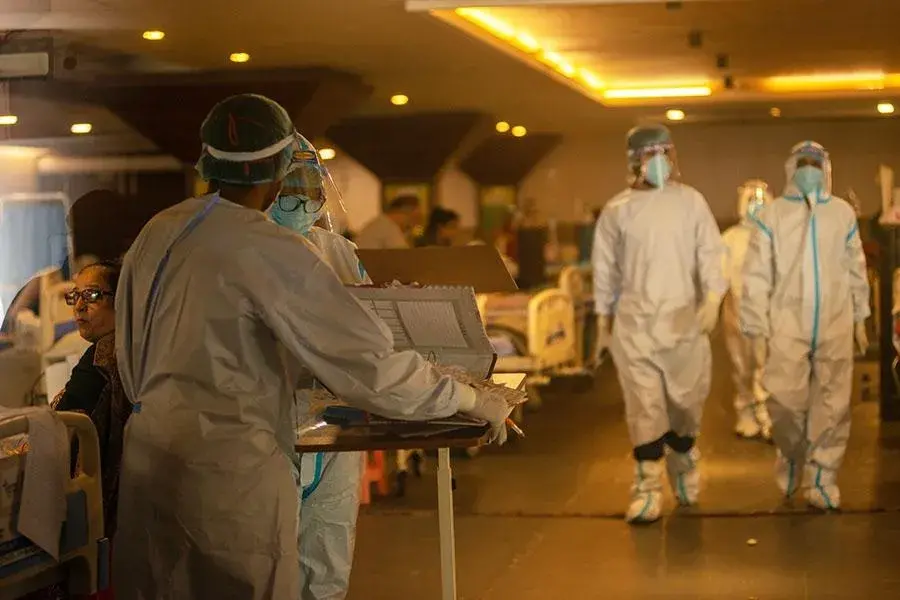Controversial ‘Pay Clinic’ Proposal Sparks Concerns Over Privatization of Health Sector
The Punjab Health Department is thinking about implementing a “Pay Clinic” model. A private practice within government health facilities would be an option for specialists under this proposed scheme, with fees collected going to the doctors, support staff, and the facilities themselves. India’s Doctors for Peace and Development (IDPD) have serious concerns about the ‘Pay Clinic’ initiative, despite the government’s claim that it is meant to maintain specialist and super-specialist services in the public sector. As per the doctors’ body, this initiative is viewed as a cautious attempt to weaken the public health system, which could lead to the eventual privatization of the health sector. Critics contend that the comparatively low pay scale in the state is the main reason why physicians choose to work in private practices. The president of IDPD, Dr. Arun Mitra, claims that it is unsustainable for the government to claim that this program will support specialists. He contends that improving public hospitals’ facilities and infrastructure will be crucial to finding a workable solution by drawing in more medical professionals. The ‘Pay Clinic’ system that is being proposed would permit physicians to hold private consultations on hospital property after regular business hours. Dr. Mitra underlines that the government’s inability to draw physicians to state services as a result of insufficient health spending is the main problem. He highlights the need for more public investment in health care even more by pointing out that Punjab has the highest out-of-pocket health care costs in the nation. Another IDPD member, Dr. Indervir Gill, expresses worries about the possible effects on lower-class communities. Due to financial limitations, this population, which was previously dependent on state facilities, may now experience increased financial burdens. Dr. Gill cites guidelines from the World Health Organization that state governments ought to devote at least 5% of their GDP to the health sector. He draws attention to the fact that the Punjabi government, which ranks lowest in the NITI Aayog Index for healthcare allocation, and the Union government both fall short of this standard.

